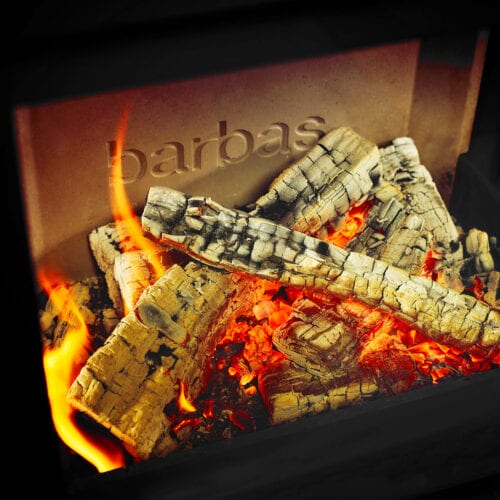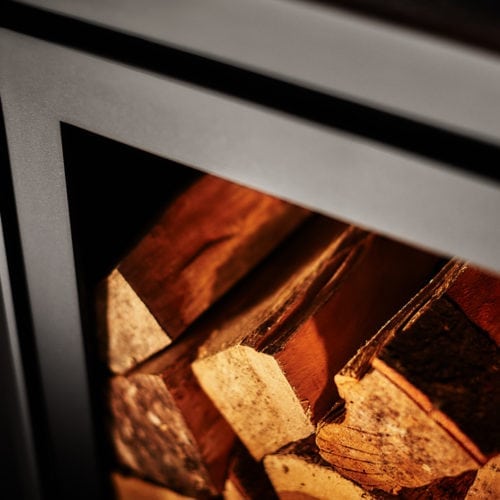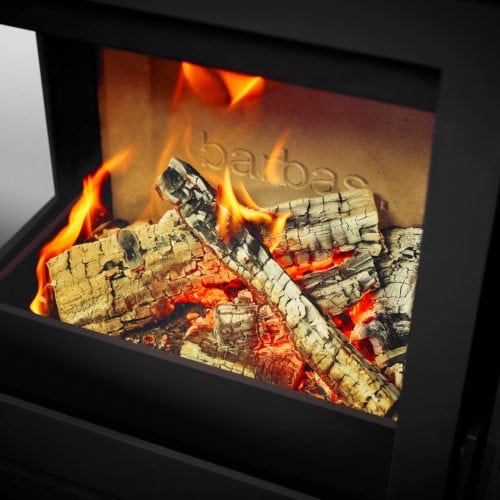First, ask yourself three questions. Does my house have a chimney? Will I use the fireplace for heating or purely for creating atmosphere? And what should be the output of my fireplace? If you have the answers to these questions – and we naturally will help you with this – you can start looking for the wood-burning fireplace of your dreams.
You need a chimney
A wood-burning fireplace always requires a chimney or another type of vertical flue. That is necessary for drawing in oxygen, which keeps the wood burning. Furthermore, the wood smoke must always be emitted above the apex of the house. Do you want a wood-burning fireplace, but you don’t have a chimney? We have made a list of the alternatives for you. Furthermore, it would be best to contact a Barbas Bellfires dealer who can assess the situation.
The yield of your wood-burning fireplace
You buy a fireplace to keep yourself warm. Or to enjoy its warm ambience. Regardless of the reason, you want to keep the loss of heat as low as possible. When you light a wood-burning stove or fireplace, the heat radiates through the walls and window of the appliance to the space in which it is located. Heat loss means that part of the heat is lost via the chimney to the outside. The yield of the fireplace indicates how much (or better said: how little) heat is lost in this manner. The higher the yield, the less the loss of heat. Modern fireplaces and stoves have high yield. The wood-burning fireplaces of Barbas even have a yield of 80%. Nearly no heat is lost.
Fireplace for heating
If you use the fireplace for heating, then based on the size of your space, you can calculate the output that you need. Simply said: the larger the space (m³), the more output (kW) is necessary. Also take into account, for example, an open kitchen or an open staircase: these factors will cause a loss in heat, so you will have to increase the calculated output.
The necessary output is easy to calculate by yourself. First calculate the number of cubic metres of the room. Do that by measuring the length, width and height of your room and multiplying them by each other. On the intersection of the line in the graph, you can read the required output. The line that you select depends on the extent to which your residence is insulated:
- Line A: you have a well-insulated residence with double-glazing, wall insulation and floor insulation.
- Line B: you have a reasonably insulated residence, in any case with double-glazing.
- Line C: you have a poorly insulated residence. You have none of the abovementioned insulation.
Picture from page 109 in the brochure
Do you want to be sure that you have selected the correct output? Consult a professional, who will give you the correct advice. There is always a Barbas Bellfires dealer in your area.



